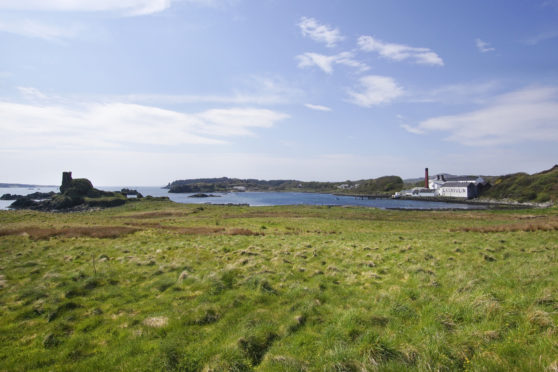A recent Amber Lights looked at distillery fires and how today they are a rarity thanks to improved technology and operational safety measures.
However, a more frequent problem today is water – either flooding or (destined to get worse owing to climate change) water shortage. Distilleries are voracious water users and most tend to have at least two sources — private ones such as a nearby stream, distant loch or artesian well – and the mains.
But some have only one source and, however reliable it may have been historically, droughts, even on the rainy west coast, are increasingly likely to occur.
One Islay distillery, which has relied on a long culvert from a distant river for more than two centuries, went dry a couple of summers ago. The operators were contemplating bringing in water by road tanker at huge cost when, fortuitously, the skies relented and heavy rains swelled the river again.
Hence more and more distilleries seek to ensure uninterrupted water supplies. Many have implemented, or are contemplating, moves to conserve and recycle water and purify their waste water.
Even in this nation of supposed water abundance, water conservation and reducing pollution make solid management sense, not just a sop to please the green movement.
Indeed, the industry’s “silent season”, when distilling stopped to allow maintenance and repairs, fell historically in high summer, when water shortages were most likely.
Distillery floods are rare but, here too, climate change can cause unprecedented heavy rainfall and hence flash flooding – a potential and growing hazard. Several Morayshire distilleries near the rivers Spey or Findhorn have suffered flooding in recent decades and Glencadam at Brechin suffered a surprise flood a few years ago. The problem with flash flooding is that it can happen so quickly and almost anywhere – as Dingwall and Forfar residents discovered to their dismay this summer.
Very occasionally, something can flood out of a distillery or bottling plant when it shouldn’t. The best recent example was a blunder by someone at a Dumbarton bottling plant that saw the wrong vat emptied, sending 25,000 litres of ready-for-bottling whisky, rather than mixing water, into the Clyde.
That was a lot of money gone down the drain. Added to which, there was a hefty fine for seriously polluting the river.










